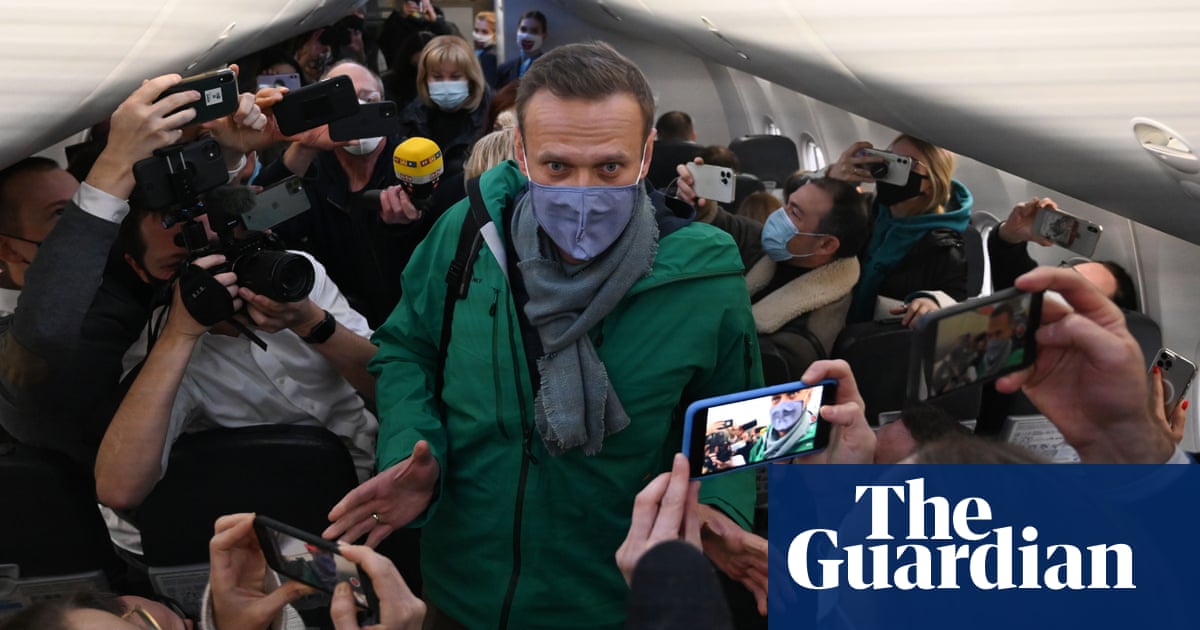
Anyone looking for an antidote to digital overload could do worse than spend 90 minutes in the company of some Piedmontese villagers as they root through leaf litter in search of their region’s own treasure: the white truffle. It’s this simplicity that makes new documentary The Truffle Hunters such a balm. With no voiceover, this mesmerically shot film follows a handful of foragers, and their dogs, as they scour the northern Italian forests during winter for the elusive fungus.
“That’s why we made this film,” says co-director Gregory Kershaw. “To escape from our digital lives and spend time in a place like this. You realise how many things that are so important to human existence are missing from our daily lives. Like what it means to not think of nature as a wilderness to be explored, but to have it entwined with your daily life.”
This synergy seems to work for the truffle hunters, who are mostly in their 70s and 80s. “They’re all really healthy,” says fellow director Michael Dweck. “We didn’t see any medication, nobody limping, no broken hips, nothing like that. And it was so dangerous [in the forests at night].”
Underlining their point about modern life, Dweck, Kershaw and I are imprisoned in little Zoom rectangles discussing the film, whose meditative flow somehow positions it perfectly for the lockdown era. Dweck, 63, a former advertising hotshot turned visual artist, has Sideshow Bob hair and a scratchy New Yorker’s patter; Kershaw, 40, has a documentarian’s background and is more collegial and clean-cut.
The pair independently stumbled on the locale, whose exact whereabouts in Piedmont they won’t disclose, after both going on holiday there. Kershaw was struck by the “fairytale” ambience in all the hilltop villages, as well as a deep-rooted sense of community that hardened into “secrecy” where the white Alba truffle – which is nearly impossible to cultivate and worth thousands of euros per kilogram – was concerned. The hunters often make their rounds nocturnally to keep spots secret.
“It’s all done under the cover of night,” says Kershaw. “The brokers make deals with buyers in these back alleys. From day to day, no one knows what the price should be.” So fierce is the competition that some people have left strychnine-laced bait for their rivals’ dogs.
Dweck and Kershaw spent three years penetrating this furtive world, until they were unobtrusive enough to capture its real rhythms. “It took the locals a while to understand what we were after,” says Dweck. “That we weren’t like a reality show, or there as journalists to expose a hidden world to tourists. It took time.” The patience explains the film’s luminous naturalism, with sequences including truffle-hunter Sergio singing in triumph in his jeep after a score, or 84-year-old Aurelio explaining to his cherished dog Birba what will happen to her after his death.
The directors tried to approach their shot set-ups like a “conversation”, as Kershaw puts it, with the locals – never forcing anything. Sometimes they would film an entire three-hour lunch, with the pair and the camera behind a black felt curtain, like wildlife photographers in a hide. They usually managed one shot a day; there are only 107 shots in the whole film (the average is more than 1,250).
Their infiltration went down as far as hound’s eye level. Occasionally breaking the classical scheme are “dogcam” sequences that, with just a wet nose in the frame, follow the canines coursing along forest paths after the truffle scent. Dweck and Kershaw fastened GoPro cameras to the dogs’ heads using harnesses that, after several failed attempts, were finally designed by the village’s cobbler. The footage they got back was revelatory, Kershaw says, in opening up the “oneness” between the truffle hunters and their dogs. Reviewing it, they realised the humans were using a unique dialect – which even their translator, who was from the region, didn’t recognise – to talk to their animals. The interdependency between man and dog seems almost as profound as between truffle and tree.
Cracking open hidden and endangered subcultures is the pair’s specialty. “We’re both obsessed with them,” says Dweck. “But they’re very difficult to find.” The first film on which they worked together, The Last Race, focused on Long Island’s one remaining stock car-racing circuit, struggling not to be swallowed up by property development. In the case of The Truffle Hunters, modern capitalism is again the stressor – putting unsustainable demand on a delicate finite resource and threatening to rip apart the surrounding culture. For the handful of pensioners shepherding it, this transcends the obscene money changing hands in gastronomic circles far away. Angelo – a long-bearded, Rasputin-esque purist living in a dilapidated villa – loathes the corruption so much he has completely abjured truffle hunting for any reason.
Dweck, though, is firm in his belief that “films are very powerful” and can protect such embattled corners. The attention The Last Race brought Riverhead Raceway encouraged the owners to sell to someone committed to keeping it open, and now the track is thriving. His plan to help safeguard Piedmontese truffle culture is twofold: a conservation effort to raise money to buy land on behalf of the locals, preventing deforestation of the oak trees on which the truffles grow; and an education initiative to bring up the next generation of truffle hunters, teaching them how to manage the delicate fungus lifecycle and the wider forest ecosystem.
Dweck wants to educate the audience, too. The film’s bracing landscapes and chiaroscuro interiors are designed, he says, to teach people “how to see again”; to lull us into fully experiencing this sylvan haven. Surely, though, cinema can never replicate the two senses most vital in the case of truffles – taste and smell? Dweck is undaunted. “We’re almost there. We’re really close. Like in the scene near the end where the truffle judge is eating the pasta. You start off with sound from the objective point of view, and he takes more and more bites, and you hear that opera, that 1926 recording of Caruso. And then you’re inside of his brain, with all of this pleasure consuming his body.”
I am sufficiently transported to beg a friend to introduce me to his truffle dealer in the Cévennes mountains near where I live in France. A few days later, I find myself handing him €63 – for one small mushroom. Small fry in truffle-land.












